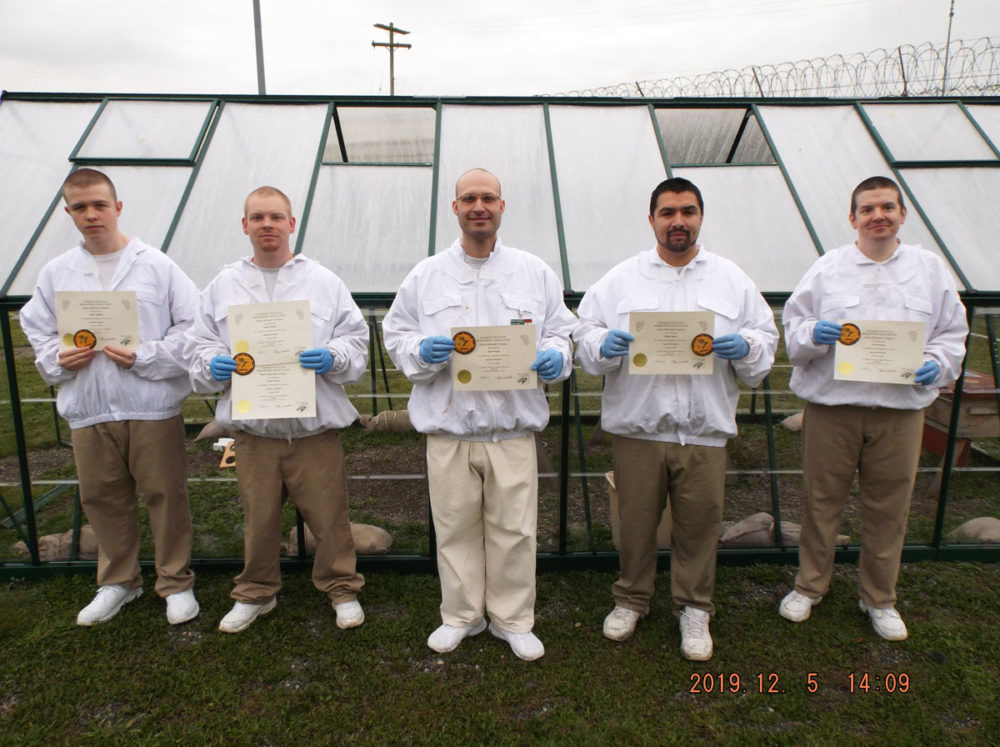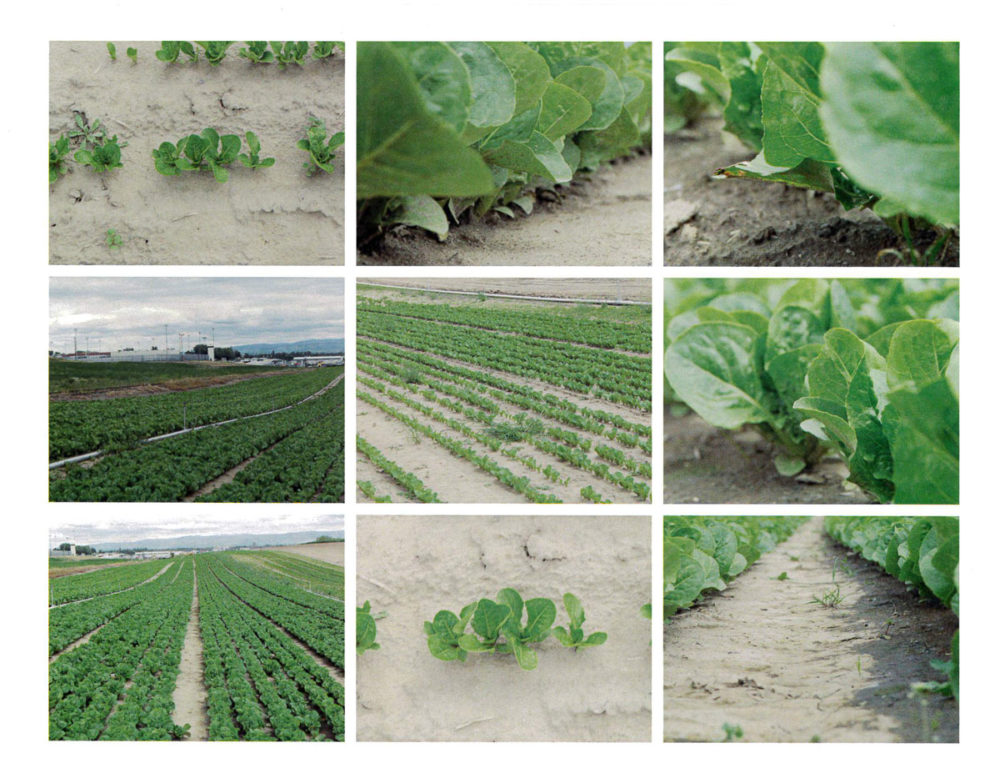By Shohei Morita, Beekeeping Program Coordinator for Sustainability in Prisons Project and Kathy Grey, Beekeeping Program Liaison for Monroe Correctional Complex – Special Offender Unit

Previously published in Washington State Beekeepers Association February 2020 Newsletter. Learn more about the people in SOU’s program.
Incarcerated beekeeping students at Monroe Correctional Complex – Special Offender Unit (MCC-SOU) are among the most enthusiastic beekeepers in the state, always eager to don their bee suits and learn everything they can. But, right now, there is something they are missing – an expert beekeeping instructor!
Do you love challenges and gaining new and rewarding experiences? MCC-SOU is looking for enthusiastic volunteer expert beekeepers to lead beekeeping certification classes!
The beekeeping program, a collaborative effort by MCC-SOU, SPP staff at Evergreen, and Washington State Beekeepers Association (WASBA), provides therapeutic educational opportunity designed to break the cycle of incarceration and rebuild honey bee populations. You can be a part of the movement to provide incarcerated adults quality environmental education and job skills experience.
In just a few years, 11 prison facilities across the State have attained over 550 certifications. Most of these are “Beginner” level certificates, but some incarcerated individuals have attained “Apprentice” and even “Journeyman” level certificates. The program at MCC-SOU is relatively new and staff and student investment in the program is high. In the past year, 9 incarcerated beekeepers have attained Beginner certification and 5 have reached Apprentice-level certification.

As a program partner, expert beekeeping instructor(s) are in charge of teaching beekeeping classes using the WASBA curriculum and guiding field work to provide formal beekeeping education and certification. MCC-SOU is happy to work around the instructor(s) schedules, including nights or weekends. All course and teaching materials including curriculum slides and textbooks will be provided. You are more than welcome to bring and share your own personal beekeeping tools and supplies, but that is not required.

MCC-SOU is a unit dedicated to housing and treating individuals with mental health challenges. Therapeutic and educational programs are an important part of their care. Many men in the unit find focus and challenge to be both relieving and empowering. This is an opportunity for you to help a group of people who have traditionally been dismissed, ignored, and stomped on by society by making them feel beautiful and powerful, all through your area of expertise – beekeeping!
If you are interested in volunteering or would like more information, check out this article and please contact SPP Green Track Program Coordinator, Shohei Morita at Shohei.morita1@evergreen.edu or (360)-867-5758.
“I was previously afraid of bees, so it was with much trepidation that I forged ahead and gained an appreciation, no a love, for these wonderful and oh so necessary creatures. The bees not only change us, they transform us into the men and beekeepers we are meant to be.” – Incarcerated student beekeeper



















































